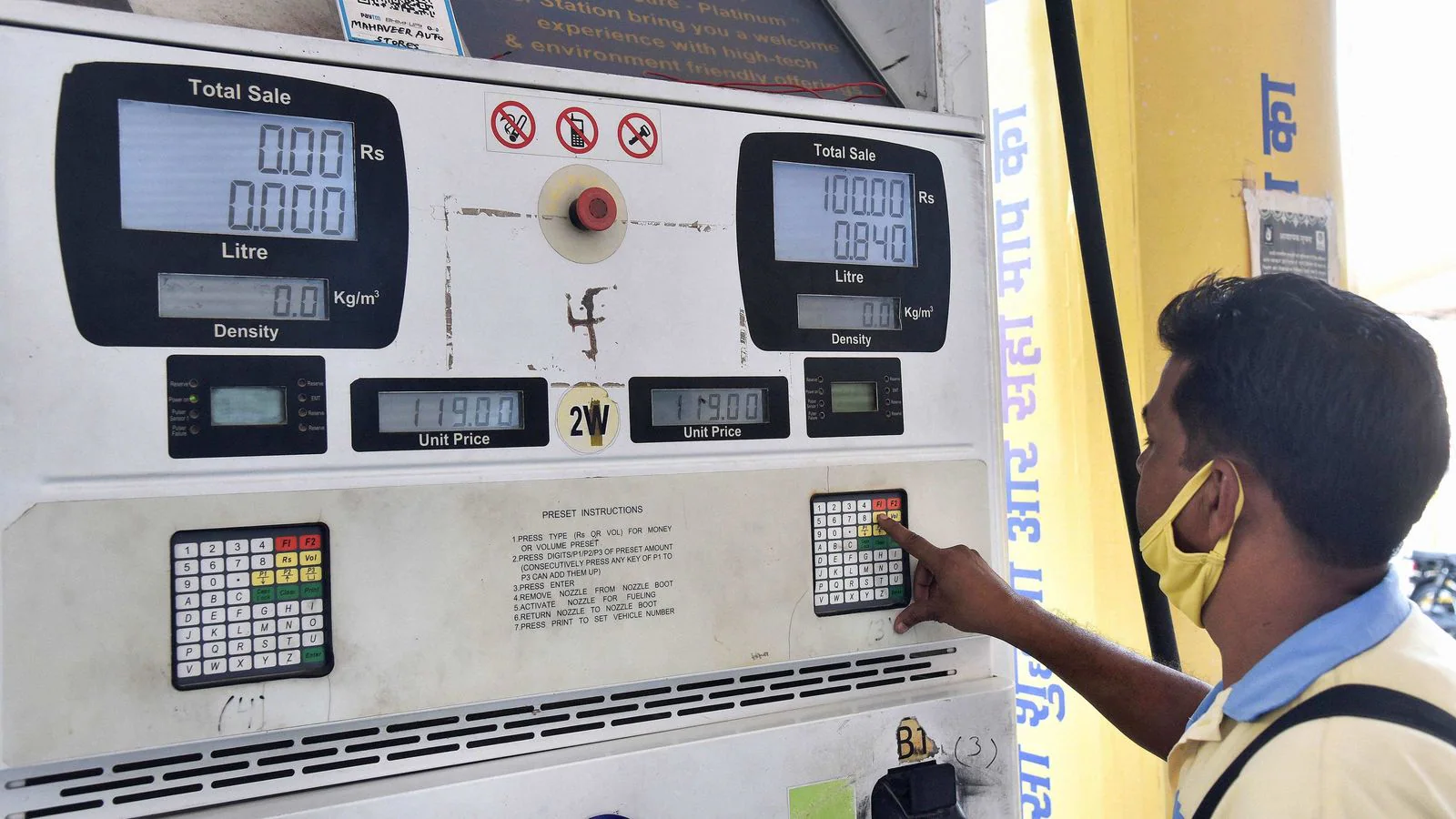Across India, the routine act of buying petrol or diesel often comes with quiet suspicion. In homes with multiple vehicles—two-wheelers, scooters, cars—the question of “which petrol pump is honest” is a common debate. Concerns about adulterated fuel, faulty meters, and quantity manipulation have shaped a culture of cautious refueling, where even small rituals, such as choosing odd amounts like ₹110 or ₹210, are believed to outsmart potential fraud.
That anxiety found a new focal point when a video posted by the Instagram handle @babamunganathfillingstation began circulating widely. Shot without flourish or dramatics, it features a petrol pump worker explaining what he calls the only two things that really matter when filling fuel. His words, delivered in a casual tone, cut through years of consumer folklore and have sparked a national discussion on how fuel is measured, monitored, and commonly misunderstood.
The Myth of Odd Numbers
In the video, the worker addresses a widespread belief: that choosing to fill fuel worth ₹110, ₹210, or ₹310 prevents cheating. The reasoning behind this folklore is rarely articulated, yet the practice is common across regions.
The worker dismisses the idea with a small shake of his head. Odd-numbered refills, he says, make no calculable difference. “People think they’re being clever,” he remarks, “but it changes nothing.” He insists that there are two checks—far simpler and more reliable—through which any customer can gauge whether the fuel they receive is pure and fairly measured.
His explanation is not technical, yet it touches on a foundational part of fuel dispensing that few consumers ever engage with: density. The number appears on the pump machine, he says, and it reveals more about fuel purity than any trick amount ever could.
Density, Purity, and a Number That Tells a Story
Petrol, he explains, should have a density between 720 and 775. Diesel, he continues, should fall between 820 and 860. The density displayed on the machine is a real-time indicator of whether the fuel has been mixed, diluted, or tampered with.
In India’s past, cases of adulteration—fuel mixed with lower-grade substances or kerosene—have been persistent enough to create distrust among consumers. While modern pumps are more secure, the fear has lingered, carried from one generation of drivers to the next. Against this backdrop, the simplicity of the worker’s guidance has resonated. A single number, he suggests, can reveal whether a tankful is safe to take home.
The second check is equally straightforward: watching the meter’s natural progression. Most customers look only to see whether the machine resets to zero. Few, he notes, observe the flow of digits afterward. “It should go 0, 1, 2, 3…” he says. If it jumps—say from 0 to 10—there may be tampering. The advice reframes the act of filling fuel as something that requires attention not to amount, but to pattern. It is a small shift, but one that millions have found unexpectedly eye-opening.
A Viral Video and the Culture of Everyday Vigilance
The response to the video has been astonishingly broad. With over 15.8 million views, more than 7 lakh likes, and 4,500 comments, the post has become a digital town square where drivers share experiences, cautionary tales, and disagreements.
One commenter insists that the safest method is “to fill by liters, not by money.” Another claims that their local station “follows the same density process every day.” Some react with humor—“I fill ₹578, ₹1013, or ₹167,” one user jokes—while others take a more earnest tone, vowing to be more attentive at the pump.
The video’s caption—“True pump, true words”—reflects a sentiment that many viewers seem ready to embrace. In a country where fuel is central to daily movement and where the cost of a few missing milliliters adds up over time, the question of trust becomes more than a matter of economics. It becomes a matter of habit, awareness, and quiet self-protection.
What the viral clip ultimately reveals is less about the possibility of deceit and more about how little most customers know about the systems that serve them. In a world where suspicion has long shaped behavior, a single petrol pump worker’s plainspoken guidance has nudged millions toward a new kind of vigilance—one grounded not in superstition, but in the mechanics of density, digits, and everyday observation.


